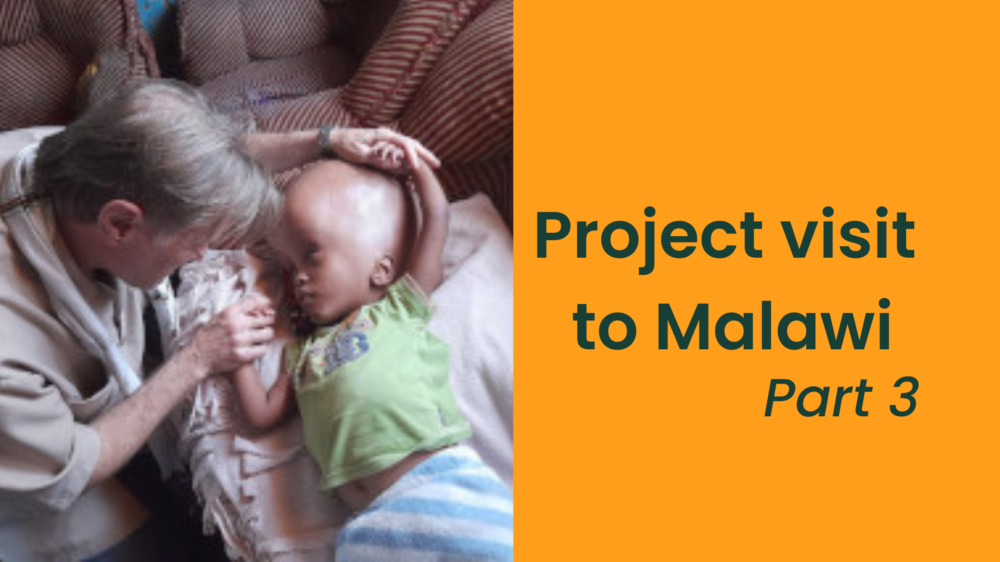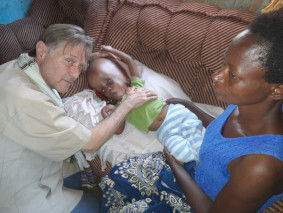
In the following part, you can read about what palliative care is, and how does it look like for children with Spina Bifida and Hydrocephalus. We will also start the story of Emilie and his son with hydrocephalus, Chisamo.
For people, and in our case, children, who have serious disabilities and illness, it is necessary to approach such conditions from multiple angles, multiple dimensions. That is the essence of palliative care – to provide specialized medical care tackling each problem and symptom separately, and yet, having a holistic view and understanding of how each approach is helping the patient as a unified biological entity. The purpose of palliative care is improving patients quality of life through a multidisciplinary approach.
Considering children with spina bifida and hydrocephalus, such care includes and is not limited to the team of: neurosurgeon, urologist, pediatrician, orthopedic physician, occupational therapist, neuro nurse, general nurse and nutritionist. Activities provided by such a team are happening in hospitals, rehabilitation centers, houses of hope, outreach clinics sites, and in the homes of the patients.
To get back to the story, Blessings invited Janet and myself on a home visit, and on our way to it, with Blessing’s little Toyota, we picked up Rose, the lady who works for Child-Help as a peer counselor. We don’t drive flashy cars with our logo on it, we invest all the funds that we can to programs. Child-Help stands for the poorest of the poor, and those aren’t just words, we live by it. I’ll now give you a picture of how I dress for home visits, meetings with officials, ambassadors and neurosurgeons. I’m wearing self-repaired linen pants, a shirt I got from Sudanese parents 10 years ago, and worn-out blue crocs. Perhaps crocs weren’t the best footwear option for this home visit, as the house is located below the dirt road, and in order to reach it, I was using all my limbs in order not to fall.

Finally, we are there, at the home of a family with 3 handicapped children, and their parents. Emily spends her time as a primarycaretaker, while her husband is at work, providing for their special family.
As we got in, we saw the 4 year old, Chisamo, lying on the couch with Emily next to him. Chisamo has developed a large hydrocephalus, and is struggling with overpressure, which was clearly indicated by the syndrome of eyeballs being dropped down. He hasn’t developed language abilities, and frankly, I don’t know how he can see.
One of his brothers is severely handicapped, and can’t move properly, therefore he crawls around, and also he has mental disabilities. The other Chisamo’s brother has club feet, but he can move around without aids, and walks barefoot.
I sat on the floor, next to Chisamo, and there the story began. Blessings translated my story to Emilie, and her concerns, problems, and obstacles to me. We will cover all that in the next part of this story, which you can read on Saturday afternoon.
Until then, share this story, and continue supporting us.
